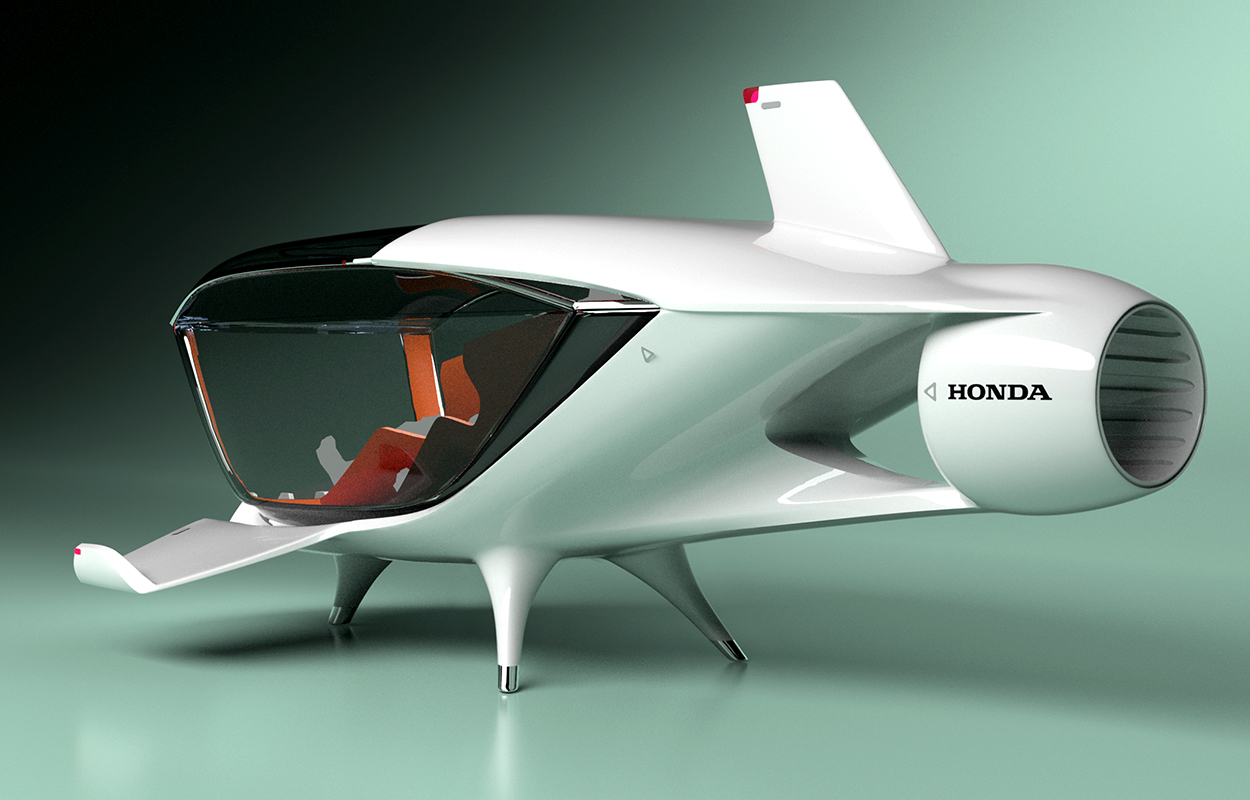Car buyers face fairly straightforward choices: front- or all-wheel drive? Fabric or leather? Cash or finance? By 2050, though, options will have grown tantalizingly vast and opaque.
That’s the idea behind the Auto Mobility Design & Developer Challenge, a competition held every November in conjunction with the Los Angeles Auto Show. By imagining a remote tomorrow, competing designers are freed from the dictates of packaging, governmental crash standards, emissions, and materials. They can think about cars the way a child—or a toy designer—would.
In the 2016 edition, that was precisely the point. For the first time, the Challenge invited designers from outside the transportation sector to participate. Among the arrivistes were stylists from Lego and Crayola, and judges from Mattel and Disney. With the challenge “Autonomous Vehicles: A Redefined User Experience for 2050,” the parameters were drawn, but the designers supplied the color and shade.
“With the rules of the road that we have today, designers can feel constrained because they have this seemingly narrow sphere to work within,” says Bryan Biniak, a technologist and venture capital professional who served as advisor and M.C. for this year’s challenge. “Bringing in a broad range of expertise, we were responding to something already happening in the design world.”
Indeed, car design is experiencing the first rumblings of cataclysm, as self-driving vehicles force new thinking about packaging, aesthetics, and passenger experiences. Children’s toy designers, then, were more suited to the challenge than they might have seemed.
Take Crayola, which developed its proposal in tandem with Qoros, a Chinese manufacturer whose studios are overseen by ex-Mini chief stylist Gert Hildebrand. In the team’s video, children use the glass-bubbled cabin of a future Qoros vehicle as a palette for drawing and animating colorful elephants.
“Right now, there’s a fluency that consumers have with technology and transportation,” says Chris Down, an executive at the Hot Wheels division of Mattel, and a competition judge. “That acts as the permission-granting opportunity for multiple design disciplines to have a seat at the table.”
This confluence of disciplines may not have happened anywhere other than Los Angeles. Car companies maintain advanced design studios there; video gamers illustrate and write code there; film studios animate Shrek and Kung Fu Panda there. Each already operates in the realm of fantasy, so why not team them up?
“We have this really rich design community in Southern California that is uniquely ours,” says Biniak. “You don’t see it in New York or Detroit, or Frankfurt or Zurich. We thought, Let’s bring the creative communities together to design toward the car of the future.”
Martin Sanders, a senior manager at the Lego Creative Play Lab in Los Angeles, teamed with Honda’s advanced design team and the Japanese animation studio Trigger on the winning concept. Their podlike cars would travel on a magnetic rail system and, in “Manta Ray” mode, be capable of deep plunges. Per the challenge’s theme, any driver involvement in the traditional sense would be absent.
“There have always been the driving purists that value that tactility,” Sanders says. “Now we’ve got this counter narrative, where driving is a hands-off experience.”
Car designers have always looked to other disciplines for inspiration, but their studio doors haven’t necessarily been open to those designers. This year’s Auto Mobility Challenge proved that the future may be closer than anybody thought. “The car has always been a means of conveyance,” Sanders says. “But it’s becoming something more than that.”

